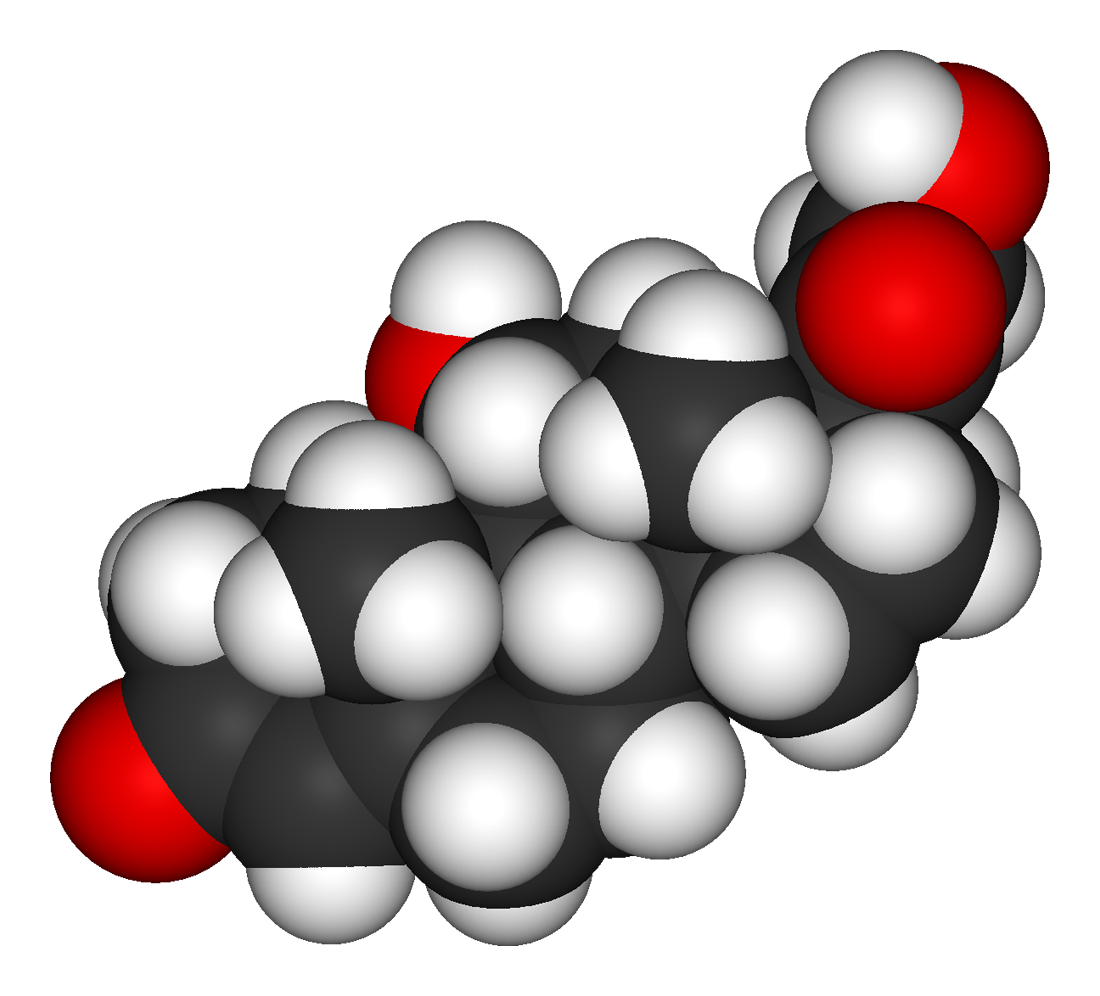| name | Fluocinolone Acetonide Cream |
| classification | Corticosteroid Topical |
| pharmacokinetics | Fluocinolone acetonide is a potent topical corticosteroid primarily absorbed through the skin. Systemic absorption is generally low but can increase with larger application areas, longer durations of use, and higher concentrations. The drug is metabolized in the liver and excreted in the urine and feces. |
| suggested dosage | | adult | Apply a thin film to the affected area 1-2 times daily. Do not exceed the recommended frequency or duration of use without consulting a physician. |
|
| dosage notes | Dosage should be adjusted based on the severity and extent of the skin condition, and patient response. Lower concentrations may be more suitable for widespread applications. |
| indications | | 1 | Treatment of mild to moderate inflammatory skin conditions such as eczema, dermatitis, and other skin conditions requiring topical anti-inflammatory treatment. | | 2 | Treatment of localized, uncomplicated inflammatory skin conditions including contact dermatitis, atopic dermatitis, and psoriasis. |
|
| safety in pregnancy | Limited data are available on the use of fluocinolone acetonide during pregnancy. While systemic absorption is generally low, potential risks are unknown. Consult a physician before use during pregnancy. |
| safety in breastfeeding | Limited data exist. Potential for low-level systemic exposure exists. Consult a healthcare professional before use during breastfeeding. |
| contraindications | | 1 | Known hypersensitivity to fluocinolone acetonide or any of the inactive ingredients. | | 2 | Active skin infections (e.g., bacterial, fungal, viral). |
|
| side effects | | 1 | Skin irritation, dryness, burning, itching, or redness at the application site. | | 2 | In rare cases, systemic effects (such as Cushing's syndrome) may occur with prolonged, high-dosage, or extensive application. | | 3 | Telangiectasia (visible blood vessels) | | 4 | Skin atrophy (thinning of the skin) | | 5 | Striae (stretch marks) | | 6 | Purpura (bruising) |
|
| alternatives | |
| interactions | Concurrent use with other topical medications may influence drug efficacy or safety. Inform the physician about all medications and topical agents used. |
| warnings and precautions | | 1 | Avoid contact with eyes. If contact occurs, rinse thoroughly with water. | | 2 | Discontinue use and contact physician if skin condition worsens or does not improve. | | 3 | Do not apply over large areas or for prolonged periods without consulting a healthcare professional. | | 4 | If used for a prolonged period, monitor for signs of skin atrophy, striae, or telangiectasia. | | 5 | Avoid use on the face and neck unless necessary. |
|
| additional information | This information is for general knowledge and does not constitute medical advice. It is essential to consult with a healthcare professional for proper diagnosis and treatment plan, including appropriate dosage recommendations, for a patient with specific skin conditions. |

